Celebrating 190 years of Sydney dining
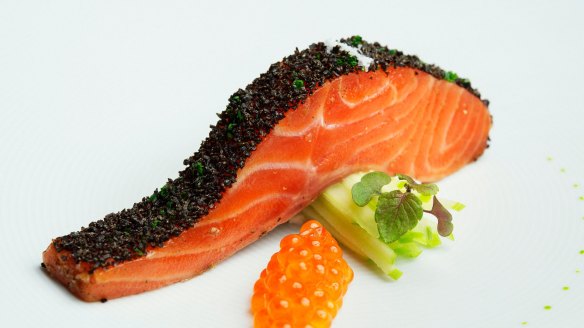
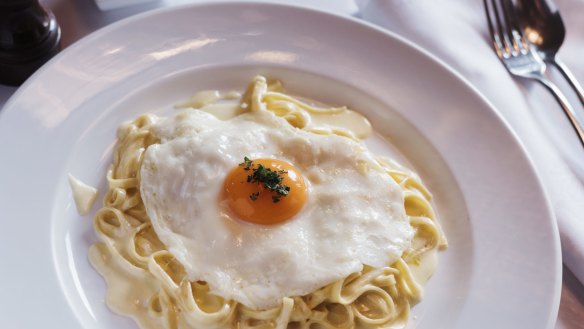
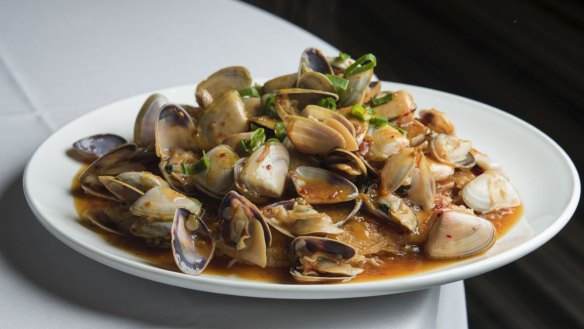
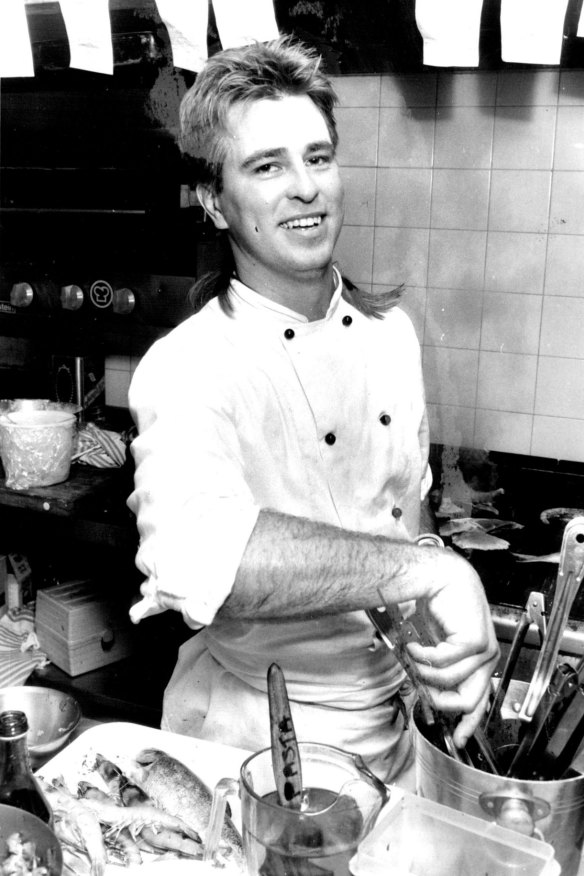
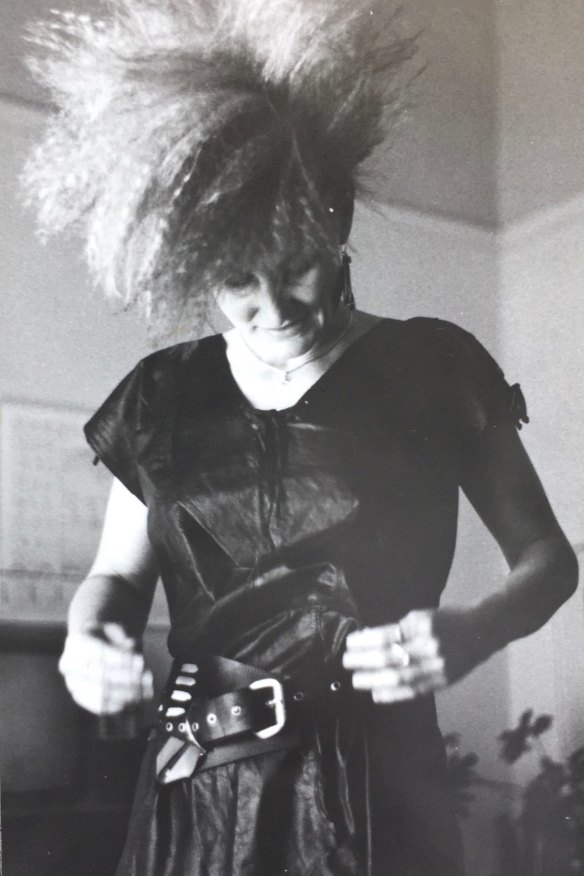
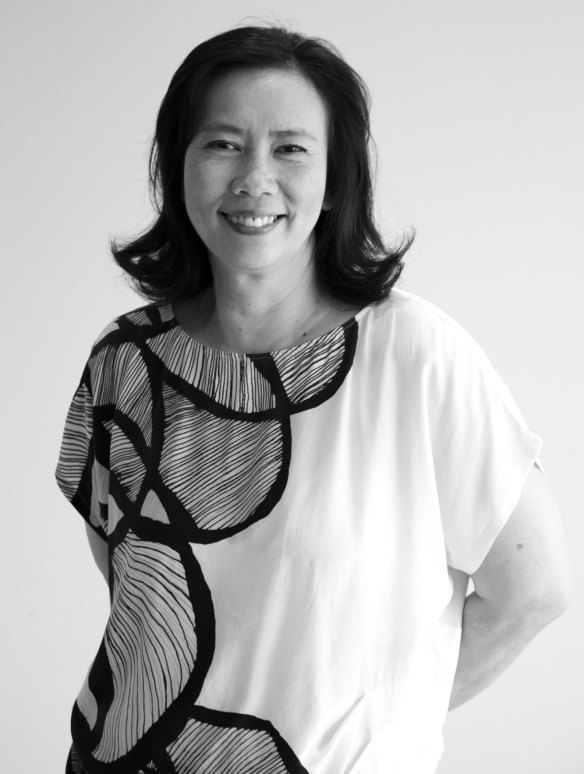
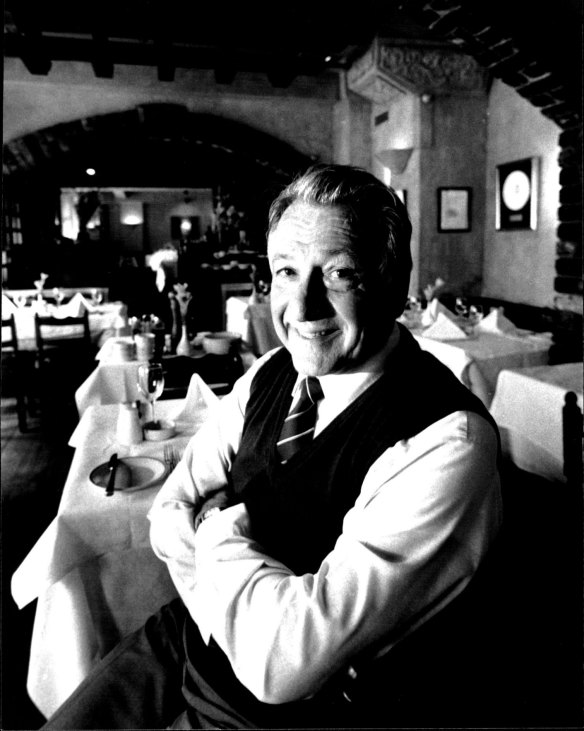
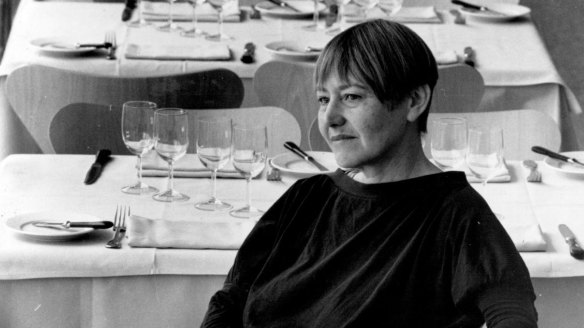
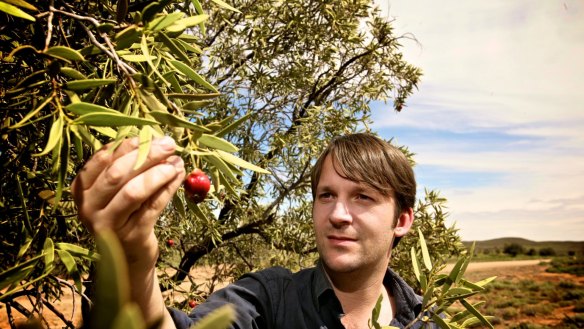
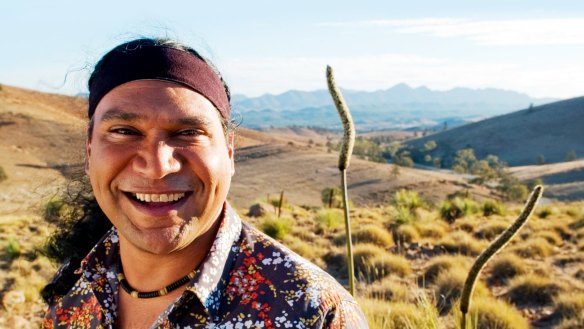
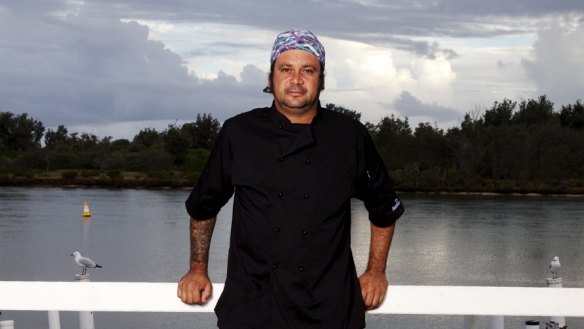
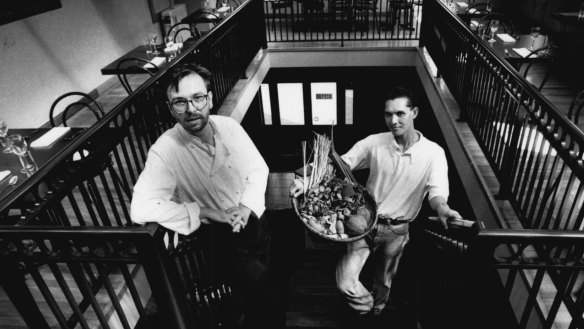
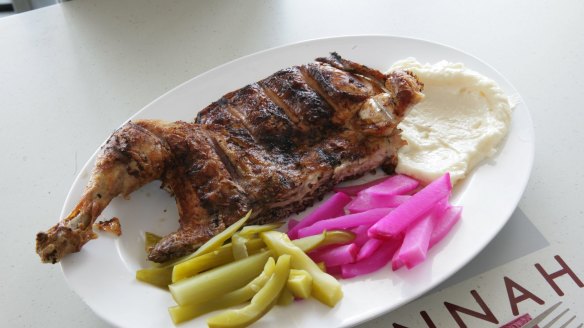
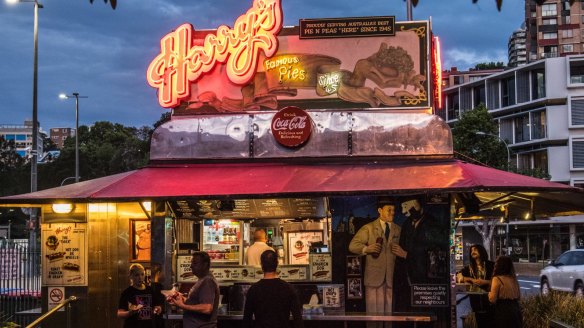
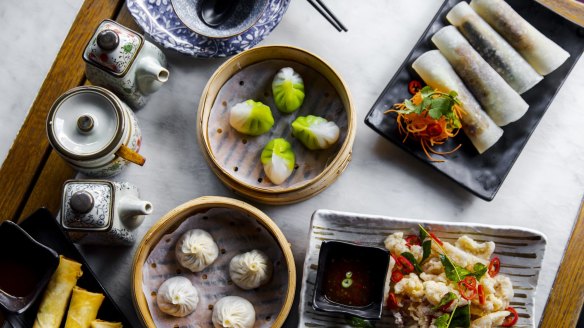
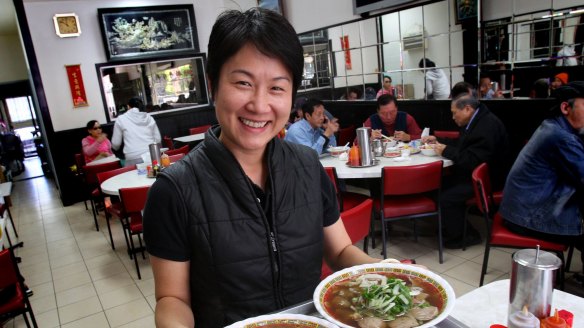
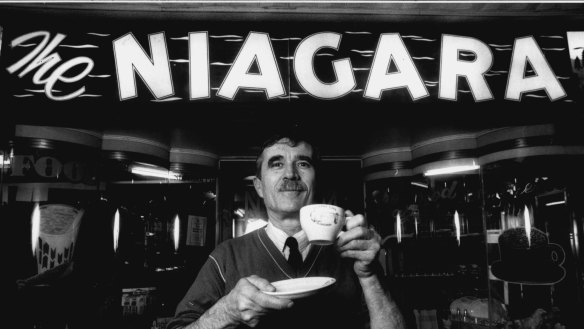
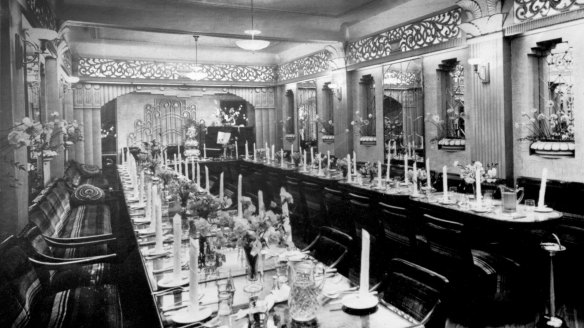
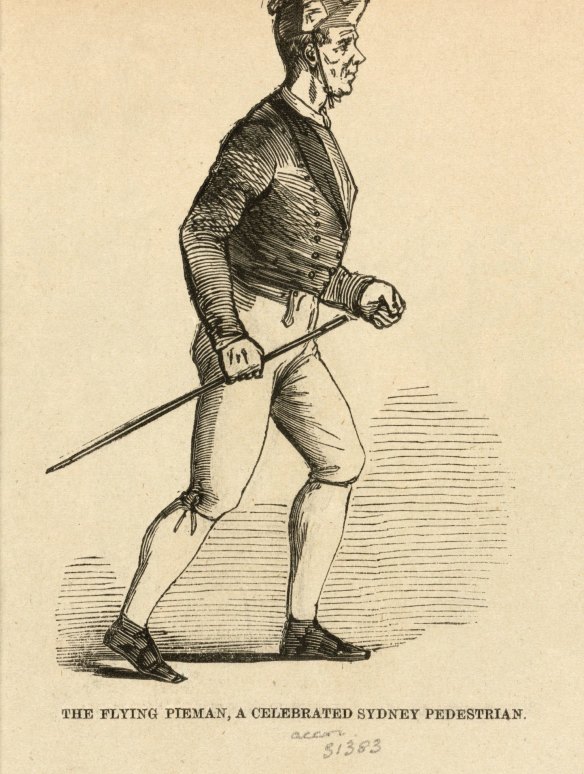
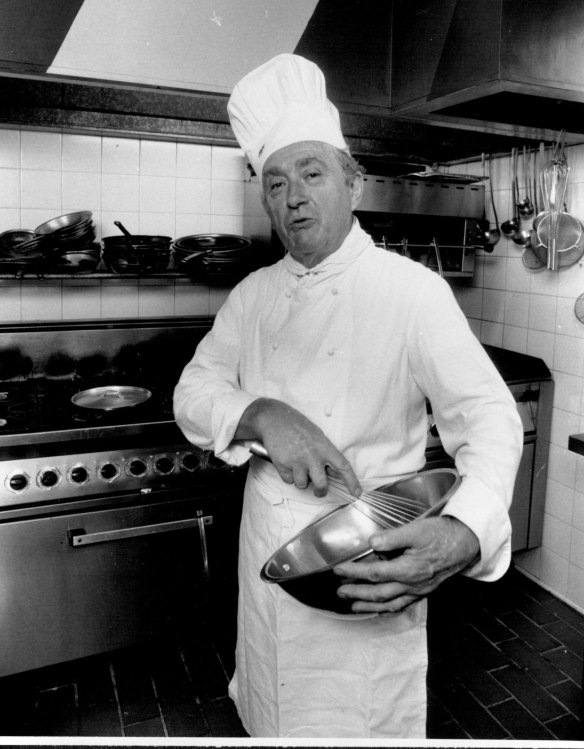
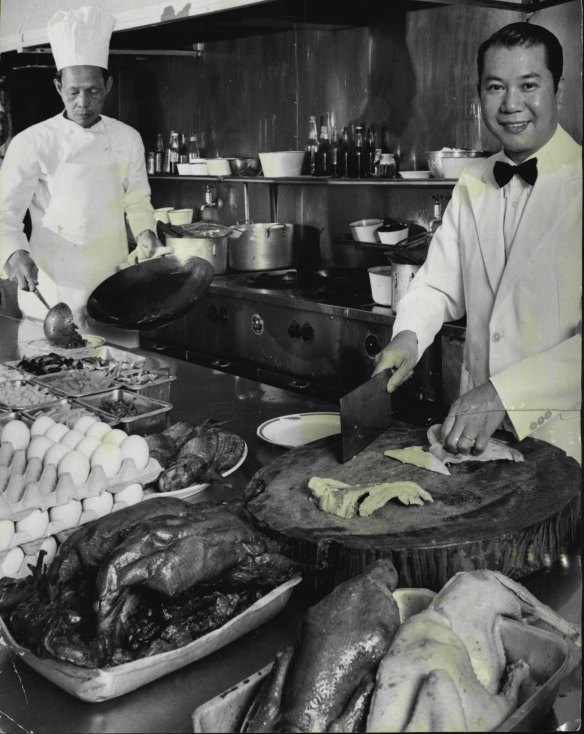
Join our guided tour to the pivotal movements and moments that have made this city one of the world's tastiest.
What we eat tells a story. And if you go back far enough – for the 190 years of The Sydney Morning Herald – what we eat tells the story of our First Nations people, of gold rushes, of wartime dislocations and of waves of migration.
Statistically, Sydney is Australia's most multicultural capital city, something that enriches and energises our identity and our eating. If it weren't for the Koreans, Nepalese, Nigerians, Lebanese, Shanghainese and Maltese, we'd still be eating salty mutton stew for dinner washed down with cups of tea.
Everything from our daily coffee to our charcoal chicken tells a tale of hardship, resilience, ambition, education, and, ultimately, appreciation. And The Herald has witnessed it all, from The Flying Pieman of the 1830s and '40s to the three-hatted restaurants of today.
Here's a brave attempt to identify the moments and the movements that built Sydney dining – and where to eat right now to celebrate all that has gone before.
Colonial food and the Flying Pieman
Sydney in the 1830s was a bustling port town full of pubs and flophouses, and the typical daily meal was mutton, mutton or mutton. One of our favourite oddball characters, William Francis King, was a bartender turned cook, famous for his long-distance walking and running exploits. Known as The Flying Pieman, he'd sell his hot pies to passengers as they boarded the river steamer at Circular Quay, then run all the way to Parramatta – about 25 kilometres – and offer the unsold pies to the same passengers as they disembarked.
And today? Head to Harry's Cafe de Wheels in Woolloomooloo, where they've been serving Tiger pies topped with mashed potato and peas since the 1930s.
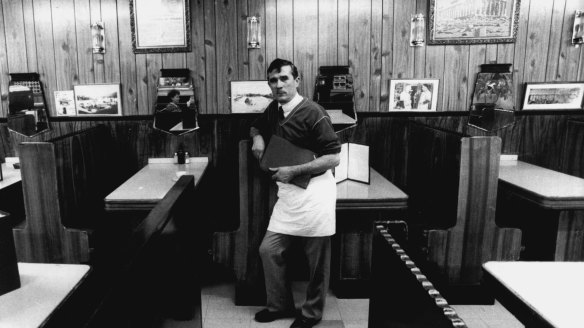
Greeks, both ancient and modern
Athanassio Comino arrived in Sydney in 1877 from the island of Kythera, opening a simple fish and chip shop in Oxford Street in 1879. He also ran a chain of oyster saloons across the city (bring them back!), setting the template for Greek immigrants to go into the seafood business. By the 1950s, a flurry of small fish cafes lined the streets near Central Station.
And behold, the Greek milk bar, the Greek corner shop and the Greek cafe spread across the land. The Paragon in Katoomba (1916-2018), the glorious Niagara cafe in Gundagai and the Paragon in Goulburn are just a few still standing.
In Sydney, the mighty Diethnes still serves taramasalata and pita, roast lamb and baklava, 79 years after opening in Pitt Street. Eleni and Peter Conistis (remember Eleni's in Darlinghurst?) and David Tsirekas (remember Perama in Petersham?) introduced a new generation to contemporary Greek cooking.
And today? The Apollo, Potts Point's latest modern Greek success is the home of – guess what? – taramasalata, roast lamb and baklava.
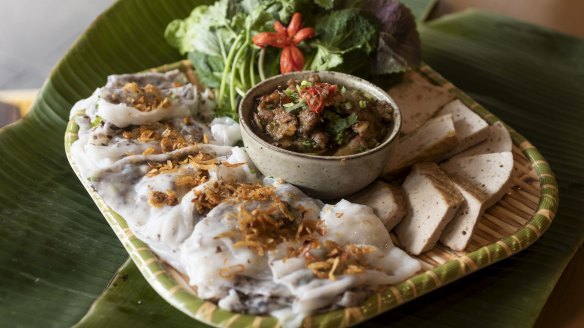
Pho and the Vietnamese dream
From the horrors of war to the comfort of home-cooking in a strange land: family-run Vietnamese kitchens sprang up in Canley Vale and Cabramatta in the late '70s as refugees fled the fall of Saigon. Most notably, Pham Thi Nu set up her stove in the garage of her family home before opening Pho Tau Bay, the first Vietnamese restaurant in Cabramatta, in 1980.
Second- and third-generation Australian Vietnamese chefs such as Luke Nguyen now share their food culture at Red Lantern, Eat Fuh, Madame Nhu and Hello Auntie. A steaming, fragrant bowl of pho noodle soup is now such a part of our lives that we miss it when we travel.
And today? Banh Cuon Ba Oanh, Marrickville. This casual streetside eatery is home to Hanoi-style feasts of banh cuon, superfine sheets of steamed rice batter with pork and mushrooms.
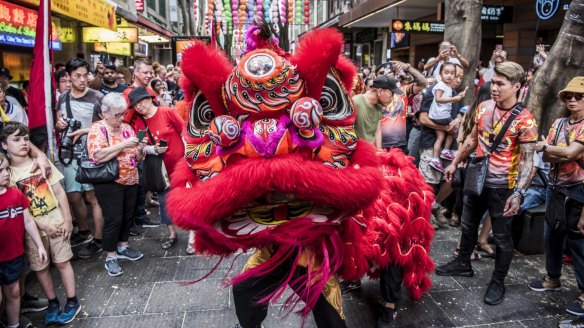
Goodbye mutton stew, hello chow mein
Lured to the gold rushes of the 1850s in great numbers, Chinese miners were the first to set up cookhouses on the goldfields, precursors of the great "Friday night Chinese takeaway". By the late 1890s, a third of commercial cooks in Australia were Chinese, and more than 2000 Chinese market gardeners were supplying them with fresh vegetables.
Sydney's Chinatown grew up around the vegetable markets in Campbell and Dixon streets, attracting early restaurants such as Lean Sun Low (1930s), Tai Ping and Tai Yuen (1950s), the New Dixon and Mandarin (1960s), and the Marigold, Regal and Golden Century (1980s).
Australianised Cantonese fare such as chicken chow mein ruled until the 1960s, when changes to the openly racist White Australia policy saw families arrive from all over Asia, enriching our society and, ultimately, the food on our tables.
And today? The Gardens by Lotus, Darling Harbour. Built to symbolise the friendship between Sydney and sister city Guangzhou in Guangdong, the gardens make a charming backdrop to a set-price yum cha.
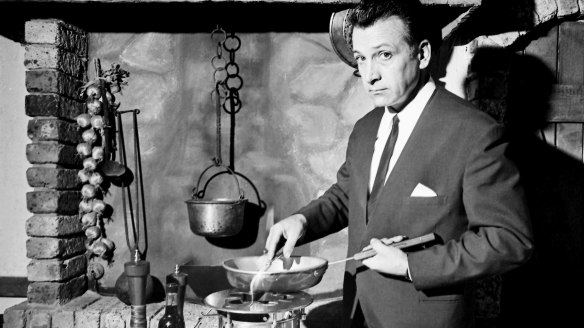
Pasta, pizza, parmigiano – an Italian love affair
Linked by their very DNA to the idea of ripe tomatoes, hand-made pasta and strong coffee, the Italians who came to Australia after the end of World War II brought deliciousness with them. They recreated their homeland in their backyards, planted market gardens and opened greengrocers, coffee bars, cafes and restaurants. Eggplant, spaghetti and macchiato, where had you been all our lives?
In 1952, the Neptunia docked in Sydney Harbour, with a young Beppi Polese on board. By 1956, he and his wife Norma had borrowed enough money to open their first restaurant, near what was then the "little Italy" of Stanley Street. Son Marc Polese says they used to gather mussels under the Spit Bridge to cook at the restaurant, only to have their Australian diners dismiss them as "bait". (We've come a long way.)
Sydney has always loved its Italians, from Beppi's and Pulcinella to The Mixing Pot in Glebe, and Lucio's and Buon Ricordo in Paddington. Steve Manfredi carried the baton for the next generation, Maurice Terzini moved in from Melbourne, neighbourhood tratts such as Fratelli Paradiso grew into local legends, and wood-fired pizza became a lifestyle choice.
And today? LuMi Dining, Pyrmont. Federico Zanellato fuses Italian technique with Japanese umami and serves it harbourside.

La cuisine Francaise – vive la difference
French cuisine has always been held up as the height of gastronomic excellence. Hotels and tea rooms wrote their menus in French, and maitre d's were well-versed in gueridon (tableside) service, from the early Paris Cafe in Phillip Street to Le Trianon of the 1960s.
When Alsace-born chef Claude Corne opened the tiny Claude's in Paddington in 1976, cooking uncompromising French regional food from bouillabaisse to passionfruit souffle, the focus shifted to the French chef rather than the French restaurant. Damien and Josephine Pignolet took over in 1981, introducing Sydneysiders to the refinement of classic dishes such as souffle Suissesse. Patric Juillet's Le Cafe Nouveau, Michael Manners' Glenella and Dany Chouet's Cleopatra were the talk of the town, and country. It didn't take long for the new breed of Australian-born chefs to play catch-up, delivering the classics with an Australian twist.
And today? Bistrot 916, Potts Point. Going hard on the nostalgia pedal, 916 rethinks the classics, and voila – garlicky escargots come with pasta, and crisp spring rolls enclose boudin noir.
Falafel and friends
Kibbeh, vine leaves, hummus, shish kebab, tabbouleh – the menu at Wilson's hasn't changed much since the Mrouh brothers opened it in Pitt Street, Redfern, in 1967, and nor do we want it to. Lebanese, Turks and Syrians have been arriving in Australia since the 1880s, bringing the myriad joys of flat breads, grills and garlicky dips with them – and thereby greatly improving the average Aussie barbecue.
The latest wave, from the 1970s to the '90s, led to the much-loved El Jannah in Granville and Jasmin in Auburn, and to our deep and abiding attachment to charcoal chicken.
And today? Nour, Surry Hills. A sophisticated celebration of Levantine food from Ibby Moubadder, teamed with cocktails, music and style.
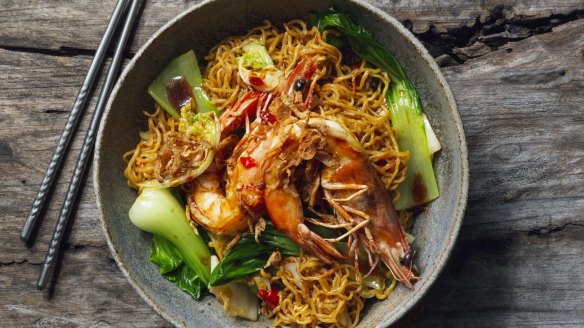
Some like it hot – the Thai food explosion
It feels as if Thai food has always been a part of Sydney, but no. Our first Thai restaurant, The Siam, didn't turn up until 1980, followed by Sutin and Manop Kietprasert at Cammeray's U-Thong (1982); the late Amy Chanta, who opened the first Chat Thai in Darlinghurst (1989); and the rainbow-mohawked Prasit Pratteeprasen of Newtown's Potong (1989) and Prasit's.
David Thompson pivoted from cooking French and Italian to open Darley Street Thai in a Newtown pub in 1991, becoming a rigorous scholar of the cuisine, and going on to open acclaimed Thai restaurants in London and Bangkok.
By 2014, there were more than 3000 Thai restaurants in Sydney, and pad Thai noodles, green chicken curry, larb and som tum became as familiar to us as spag bol. Now, as with so many different cuisines, we're diving deep into Thailand's regional cooking, adding fiery Isaan grills and the sour curries of southern Thailand to our playlist.
And today? Chat Thai. Across six different venues, busy, buzzy Chat Thai never loses sight of its aim to cook the real food of Thailand.
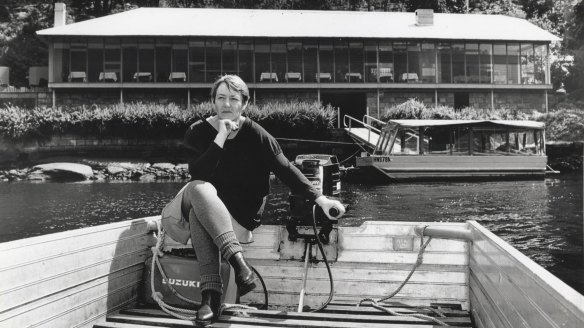
The birth of Mod Oz
In 1984, the first Sydney Morning Herald Good Food Guide marked the rise of a new breed of Australian chefs, largely self-taught and hell-bent on changing the rules, from Peter Doyle at Reflections in Palm Beach, to Gay and Tony Bilson at Berowra Waters Inn on the Hawkesbury. Edited by the brilliant, witty Leo Schofield, with David Dale and Jenna Price, it hailed chefs such as Greg Doyle at Puligny's in Neutral Bay, and Jenny Ferguson at You & Me, as well as the Bayswater Brasserie, which changed the course of casual dining in Sydney.
The '80s also saw a ponytailed young chef called Neil Perry go from making waves at Barrenjoey House in Palm Beach to open Bondi's Bluewater Grill in 1986 and – in Sydney's big look-at-me-mum moment – the game-changing Rockpool in The Rocks in 1989. "I just truly wanted it to be world class" says Perry. But wait, there's more, with Christine Manfield, Tetsuya Wakuda, Phillip Searle, Paul Merrony, Leigh Stone-Herbert, Mark Armstrong, and the mercurial Anders Ousback, all making their marks. Exciting times.
And today? Sixpenny, Stanmore. This small corner restaurant is home to big ideas (and three chef's hats), by virtue of the personal, natural food of Dan Puskas.
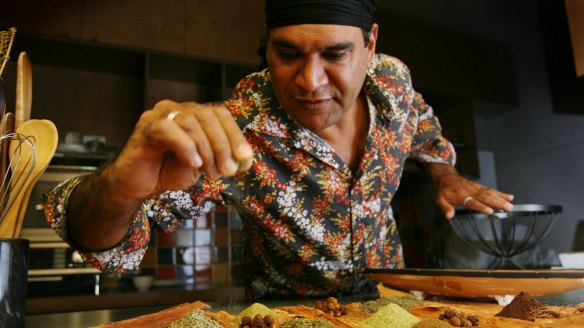
Australia – you're eating it
So we've embraced different food from all over the world, but not that of the people who have been here all along? Doesn't make sense. We had the chance in the 1980s, when research scientist Vic Cherikoff kicked off a "creative native" era by harvesting and processing indigenous ingredients, and pioneers such as Jean-Paul Bruneteau and Jennice and Raymond Kersh brought the taste of Australia to the table. Chef Mark Olive, known for his 2006 TV series The Outback Cafe, spread the word, and Gumbaynggirr and Bundjalung man Clayton Donovan's restaurant The Jaaning Tree in Nambucca Heads won a chef's hat in 2014.
Another peak came in 2016, when Rene Redzepi brought Copenhagen's Noma to town for a 10-week residency, revelling in snow crab and fermented kangaroo, crocodile fat and green ants. From the review in SMH: "So this is what Australia tastes like to the world's most celebrated chef – astringent, green, sour, nutty, aggressive, deep, intense, demanding, tart, ancient."
Others were also inspired to place their menus more firmly in Australia (Kylie Kwong, Peter Gilmore, Matt Stone), while at Rockpool Bar and Grill, Corey Costelloe is an active supporter of young Indigenous chefs from the National Indigenous Culinary Institute (NICI). Native ingredients are now finding their way onto supermarket shelves and into home pantries across the nation.
And today? The Tin Humpy Cafe, Redfern. Bundjalung woman Yvette Lever's casual eatery turns out no-nonsense cafe fare from avo on toast to kangaroo and wattleseed salad.
A taste of the future
By the time The Sydney Morning Herald celebrates its 200th birthday in 2031, we'll have moved beyond the French bistro and the wood-fired pizzeria (as much as we love you all) to place a higher value on lesser-known food cultures.
Sydney dining will continue to evolve, as large restaurant groups get larger, and small independent diners respond even more nimbly to our changing lifestyles. It's here the interesting stuff will happen, as young chefs move into pubs, cafes by day become cocktail bars by night, and suburban restaurants come into their own.
We'll see more meat-free menus and more alcohol-free bars – not just for health, but to appeal to a wider audience. We'll see more Indigenous chefs, as Australia's unique native foods find their place on our tables, sharpening our appetites and shaping our palates.
We've learnt, in recent times, that you can't predict the future. But you can hope.
Restaurant reviews, news and the hottest openings served to your inbox.
Sign up- More:
- Restaurant news